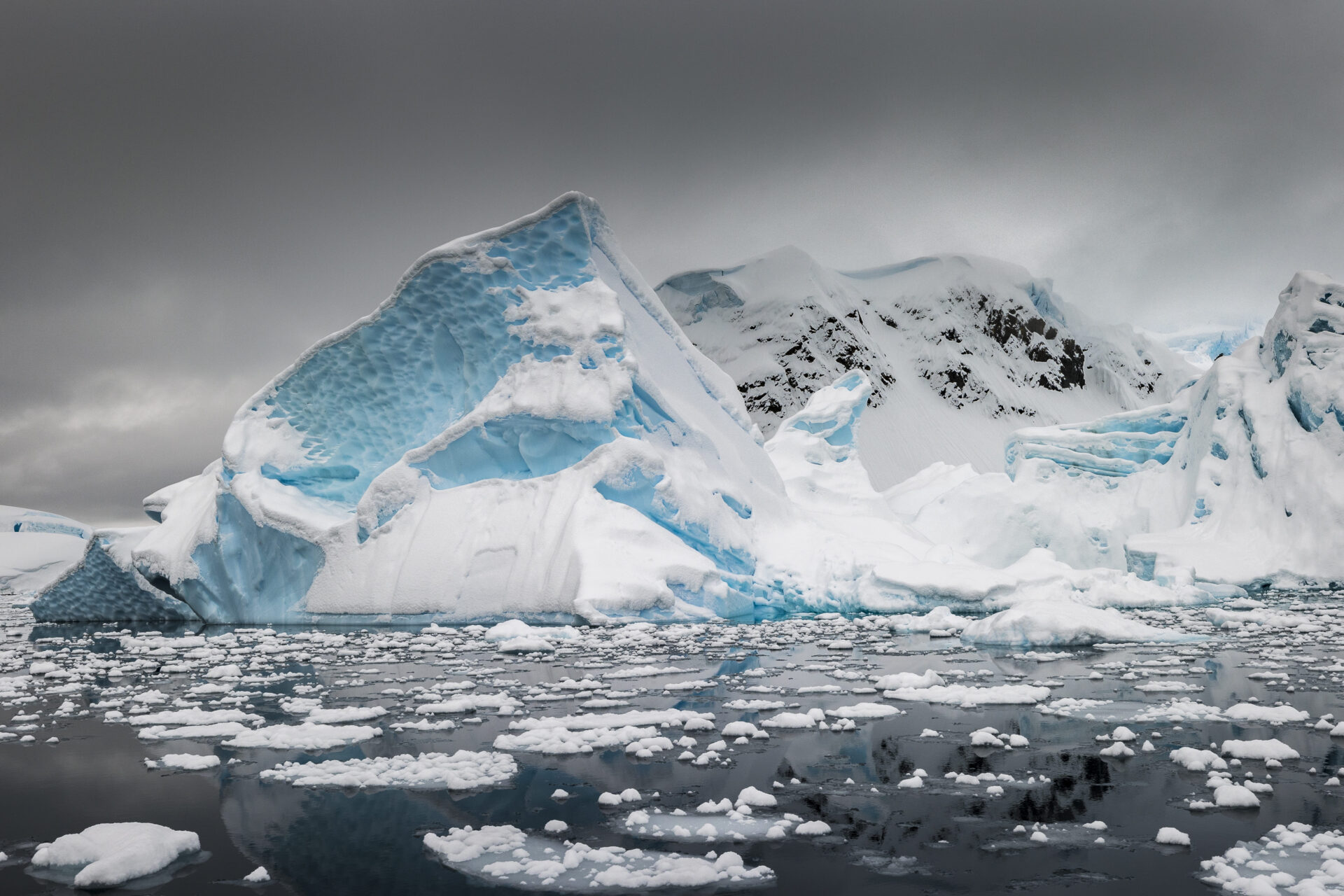
Meet the legendary explorer behind our new ship: Sir Douglas Mawson
At Aurora Expeditions, we firmly believe that the ultimate honour to bestow upon someone is to name a ship after
Svalbard is a Norwegian archipelago in the High Arctic between mainland Norway and the North Pole, also know as Spitsbergen. A destination of a lifetime, our expeditions to Svalbard connect you to the majesty of this Arctic wilderness, where dramatic fjords, rugged mountain ranges and a fossil-rich polar desert await.
Overhead, puffins, guillemots and other native Svalbard avian circle, commanding your attention, while the scree slopes house the island’s largest little auk colony. Witness sea walruses puncturing the ice, beluga whales breaching or a fluffy Arctic fox. Svalbard is the kingdom of the polar bear – witness one of these majestic, elusive creatures if you’re lucky. All leave a lasting impression.
The polar summer spans from May to September, where the Midnight Sun’s beautiful colours and contrasts adds an extra dimension to Svalbard’s glaciers, majestic mountains and Arctic tundra. This is the best time to enjoy outside exploration and take in this frozen land.
Svalbard is large and diverse, showcasing nature’s surprisingly rich and extremely varied landscapes. Life in Longyearbyen, Svalbard’s capital city, may be perceived as harsh, but for those fortunate to live here, it’s hard to imagine living anywhere else. Its inhabitants strive to live as one with nature, working in harmony to uphold their unique way of life throughout the enormous seasonal variations in temperature, light and darkness.
Home > Destinations > Antarctic Circle Cruises & Expeditions
Few are lucky and privileged enough to tick the elusive 7th continent off their travel bucket list, and even fewer are afforded the opportunity to cross the Antarctic Circle. Going over the imaginary line at 66°33’ south is a memorable occasion for expeditioners, celebrated with a toast out on the deck. However, it’s not just about earning bragging rights. It’s about being offered a glimpse of an elemental wilderness that is rarely visited – a world that’s colder, rawer and wilder.
On an Antarctic Circle expedition, embrace the spirit of adventure as you navigate narrow channels full of pack ice and breathtaking ice sculptures, allowing nature to dictate your itinerary.
Take advantage of endless days to watch for feeding whales alongside your expedition ship, visit bustling penguin colonies, hike to remote vantage points for panoramic views of the surrounding landscape, Zodiac cruise through mirror-like waters and take in scenes of ice-clad mountains.
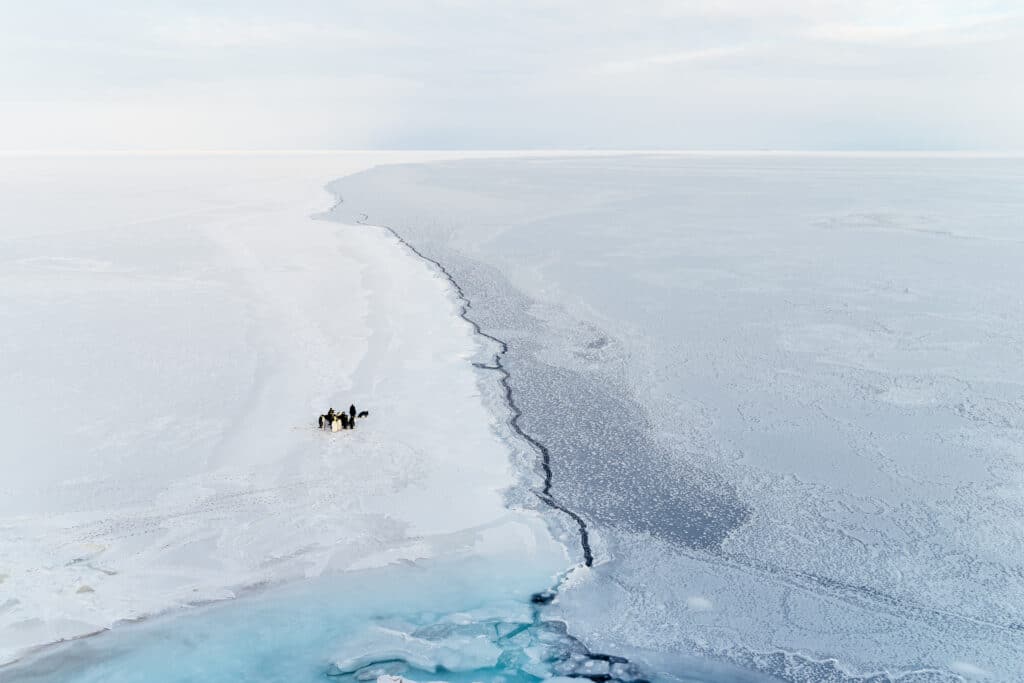
Epic Antarctica: Crossing the 7th Continent
Expedition
DURATION
34 Days
FROM
USD $35,036.00
Earn some serious boasting privileges as you cruise across the Antarctic Circle, an imaginary line at 66° 33’ south. Raise a glass in a toast as you join a small group of lucky adventurers who have ventured to this remote part of the world.
Embarking on Antarctica Circle cruises offers a once-in-a-lifetime opportunity to explore one of the most remote and untouched corners of the planet. As you journey through the icy waters, you’ll have the chance to witness some of the most spectacular scenery on Earth, from towering icebergs to majestic glaciers and snow-capped peaks. While the itinerary of your expedition will be dictated by the whims of nature, your experienced guides and crew will work tirelessly to ensure that you have the best possible experience, whether that means observing colonies of penguins and seals up close, going on guided hikes to viewpoints to get that photograph or exploring explore the remnants of bygone eras.
As you navigate the narrow channels and pack ice, you’ll also have the chance to learn about the unique history and culture of the Antarctic region, from the intrepid explorers who first braved these icy waters to the hardy researchers and scientists who call this wilderness home. Your knowledgeable expedition team will be on hand to provide fascinating insights on polar exploration, Antarctic history, the Antarctic marine ecosystem, and the weather and sea conditions, enriching your Antarctic adventure. Whether you’re a seasoned adventurer or a first-time explorer, an Antarctic Circle expedition is an unforgettable voyage of discovery that will stay with you for a lifetime.
Venturing below the Antarctic Circle, past the South Shetland Islands and the Antarctic Peninsula is a chance to enter a region that is rarely seen. It feels more isolated and colder than further north, with great swathes of pack ice and dream-like icebergs. Thread through pack ice and narrow channels where scenes of ice-clad mountains, whales fattening up on krill, leopard seals patrolling the waters for vulnerable penguins and snow petrels soar above.
Experience the true Midnight Sun. The Antarctic Circle marks the latitude at which the Sun is above the horizon for 24 continuous hours at least once per year and therefore visible at midnight – the longest day being the southern summer solstice on 21st December.
Antarctica is a unique destination for wildlife enthusiasts as it is home to an incredible range of marine mammals, penguins, seals, and seabirds. In addition to the petit Adélie penguins, visitors to the Antarctic Circle might also encounter other species of penguins, including gentoo and chinstrap penguins. These charming birds are often found in large colonies, with thousands of individuals waddling, jumping and diving into the icy waters.
This far south within the Antarctic polar circle is ideal for sightings of petit Adélie penguins, with a scattering of sizeable colonies in the region. The Adélie is generally a very healthy population, thriving on sea ice and coming to shore to breed during the summer months. In 2020, the population here was estimated at over 10 million adults. Adélie penguins are regularly preyed upon by leopard seals, south polar skuas and giant petrels who seek out chicks and eggs. Watch for brave penguins boisterously protecting their nests and chicks throughout summer.
The Southern Ocean surrounding Antarctica is also home to numerous whale species, including humpback whales, orca, minke and blue whales. These magnificent creatures can often be seen breaching the water’s surface, tail slapping and blowing water from their blowhole.
Antarctica is home to several species of seals, including the Weddell, leopard, crabeater and elephant seal. Visitors to the Antarctic Circle can observe these animals lounging on ice floes or basking on the rocky shorelines.
Seabirds are abundant in the Antarctic, and visitors can expect to see a variety of species this far south, including albatrosses, petrels and skuas. These birds have adapted to life at sea and are remarkable in their ability to soar for long distances over the ocean.
Visitors to the Antarctic Circle can witness an incredible range of wildlife, each with its unique adaptation to life in this extreme environment of the polar regions. During your Antarctic Circle crossing our experienced expedition leaders help you discover and learn about the extraordinary wildlife to make it an unmatched Antarctic experience.
Brace yourself for sizable Adélie penguin rookeries, and large tabular icebergs that have drifted north as you start your Antarctic expedition cruise. After crossing the Antarctic Circle, Detaille Island is a spectacular location that will be imprinted on your memory, if you are lucky enough to visit. Its snowy peaks soar more than 2,000 metres above the ice-strewn waters.
Conditions permitting, expeditioners may have a chance to explore the abandoned bases of Stonington Island. At 68 degrees south, it’s the furthest point ships will ever visit on a southern expedition. Add your name to the visitor’’s book and look back to see just how few people are able to visit each year.
Explore the Antarctic Circle with a variety of included and optional activities on an Aurora Expedition cruise. Onshore, enjoy guided hikes, wildlife encounters, historic site visits and bird watching as you discover the Antarctic terrain. While ashore participate in our Zodiac cruises, explore local bays and enjoy the adrenaline-filled polar plunge! A time-worn tradition, the polar plunge is a rite of passage into an exclusive club. Onboard, enjoy informative lectures, wildlife watching, and access to gym, sauna, and spa facilities. Optional activities include sea kayaking, scuba diving, snorkelling, stand-up paddleboarding, snowshoeing, ski and snowboard touring, climbing and alpine trekking, and polar camping.
All activities are led by highly qualified guides in the Expedition Team, and additional fees may apply. Group sizes for optional activities are limited, so it’s recommended that you book early. Your guides will assess conditions for each landing and offer optional activities whenever possible.
The Svalbard archipelago has nine main islands; some of these islands are connected by sea ice and expedition cruises are the only safe way to move between them. A lot of these islands are national parks, in fact, Svalbard has seven national parks in total. Find out more about the main islands below.

Svalbard’s largest island is 39,044 square kilometres. Its landscape is dominated by rugged mountains indented by post-card perfect fjords, and more than half of the island is covered in ice year-round. Six national parks protect its delicate environment and diverse fauna, which makes it a favourite for travellers visiting Svalbard. Spitsbergen is the only permanently inhabited part of Svalbard, with Longyearbyen the biggest settlement and administrative centre of Svalbard.
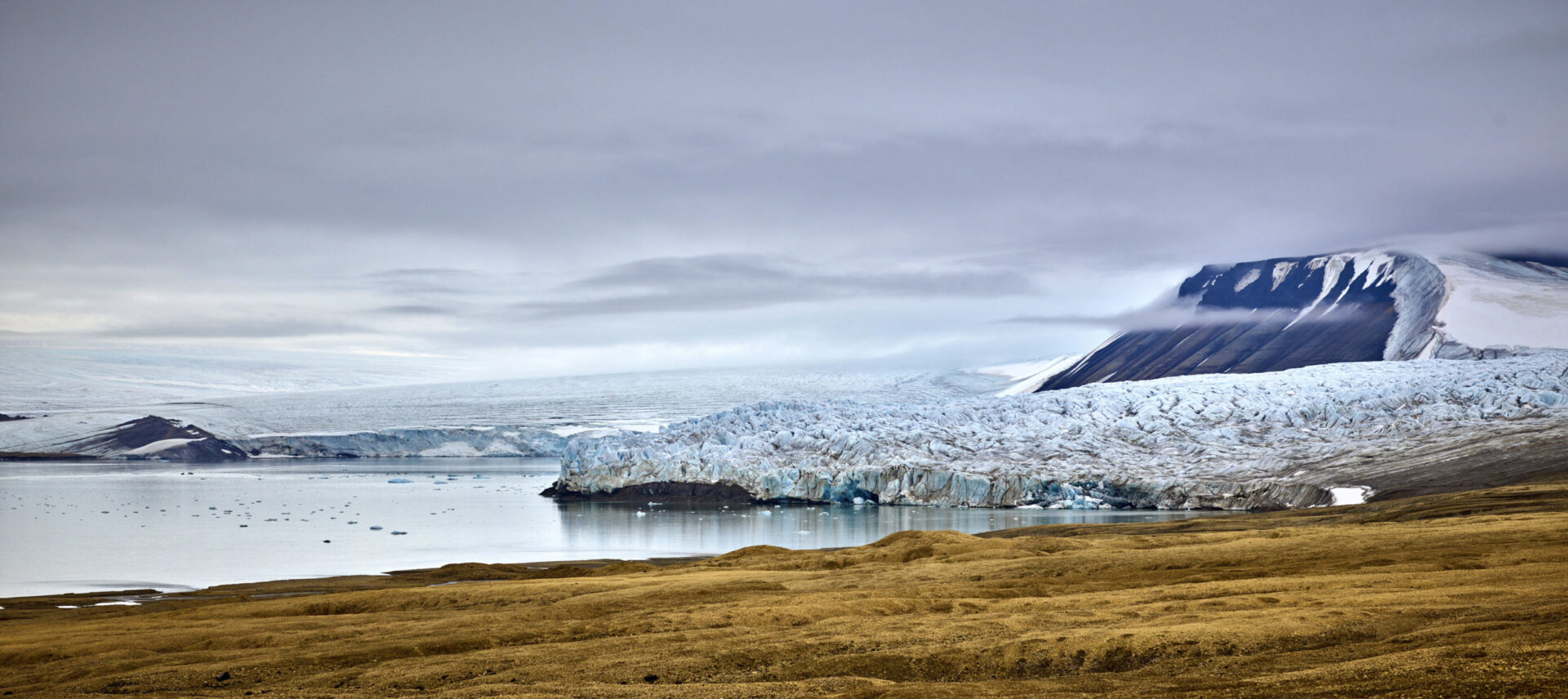
The second largest island in the Svalbard archipelago is completely uninhabited. Situated entirely within the Nordaust-Svalbard Nature Reserve, it is made up of sizable ice caps and tundra.
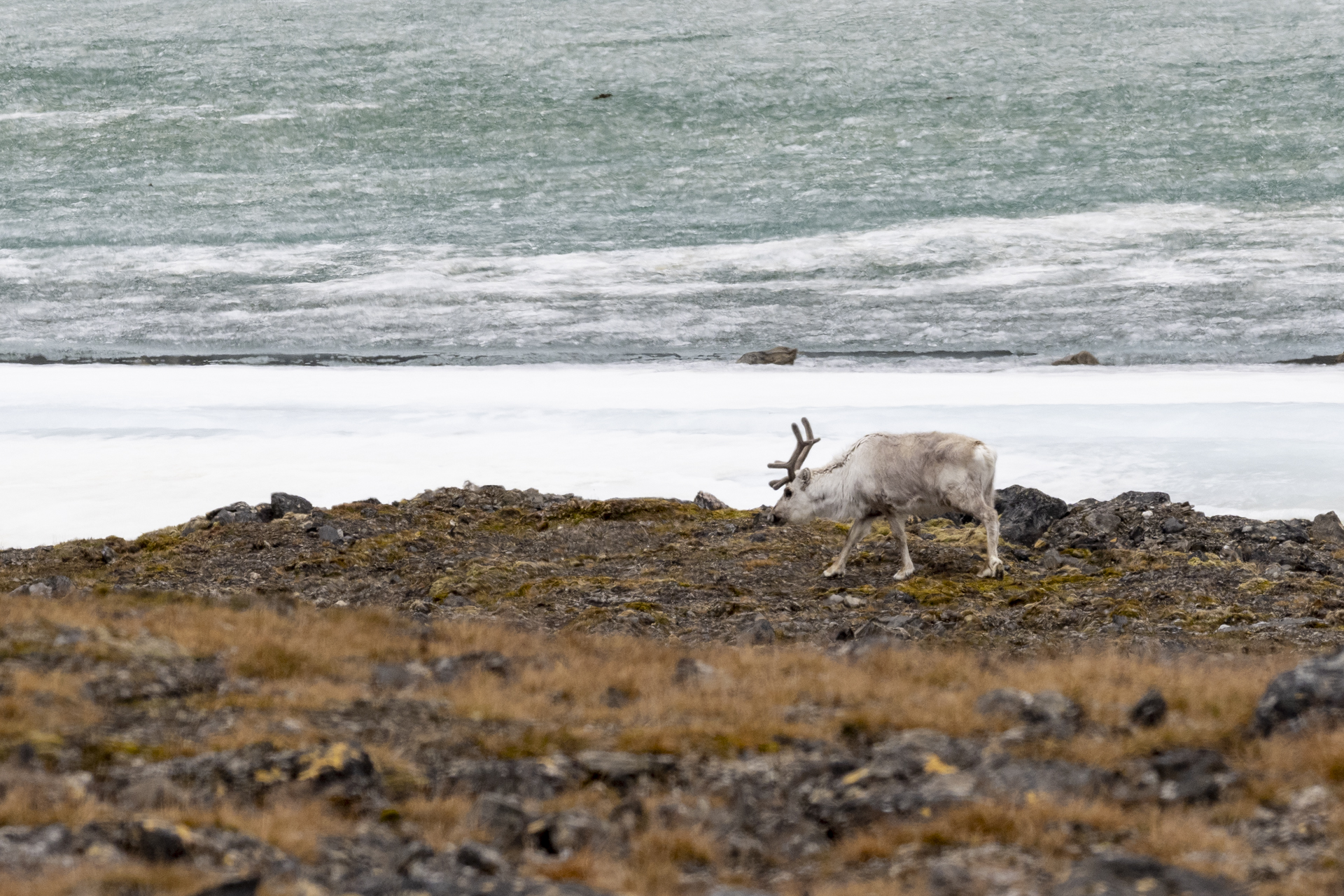
Edgeøya is a Norwegian island situated in the southeast of the Svalbard archipelago. With an area of 5,073 square kilometres, it is the third-largest island in this archipelago. It forms part of the Søraust-Svalbard Nature Reserve and is home to polar bears and reindeer.
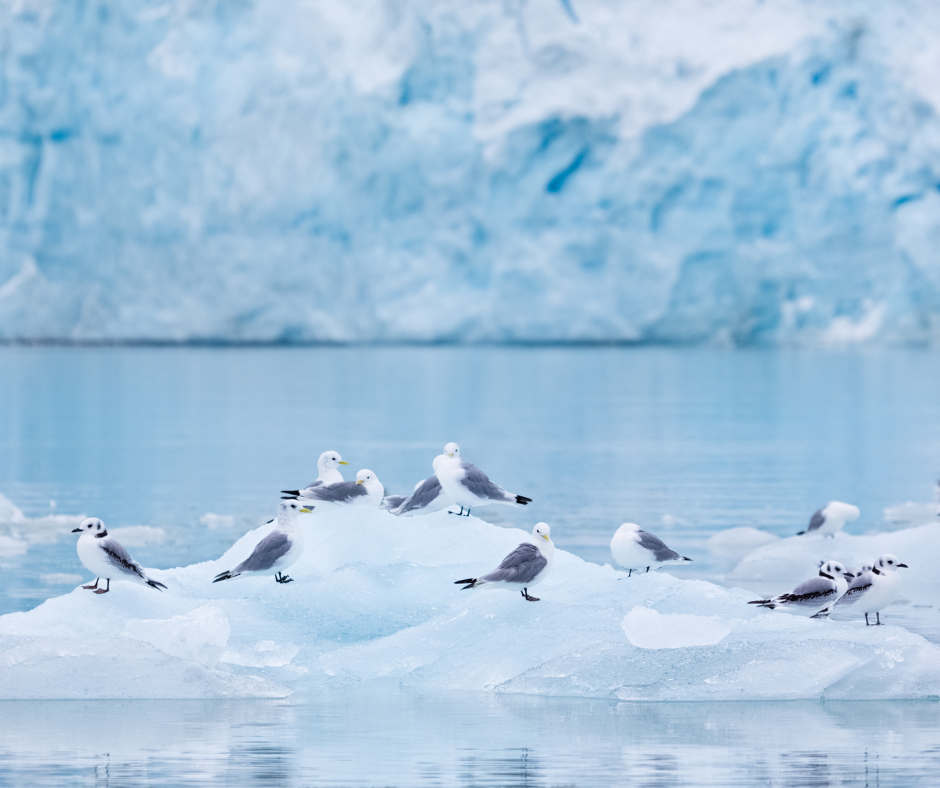
Named after the Dutch explorer Willem Barentsz, almost half of this island in the Søraust-Svalbard Nature Reserve is glaciated. While the island has no permanent human inhabitants, it is a favourite of polar bears and seabirds, especially kittiwakes.
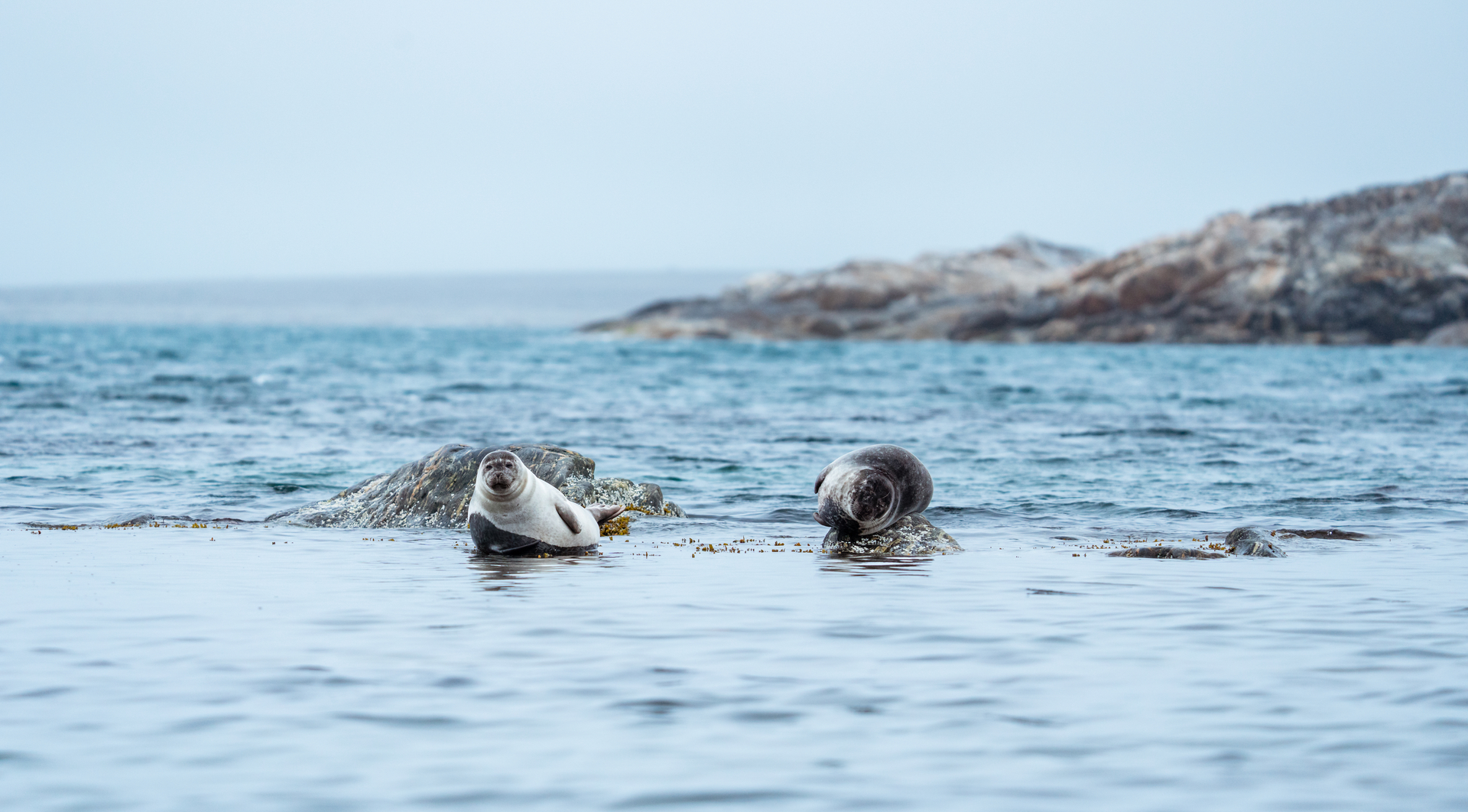
This long island on Svalbard’s west coast and its surrounding seas constitutes Forlandet National Park. It boasts jagged peaks and wild glaciers that remind one of the Antarctic peninsula, alongside vast green plains and polar deserts. The harbour seal is commonly found here.
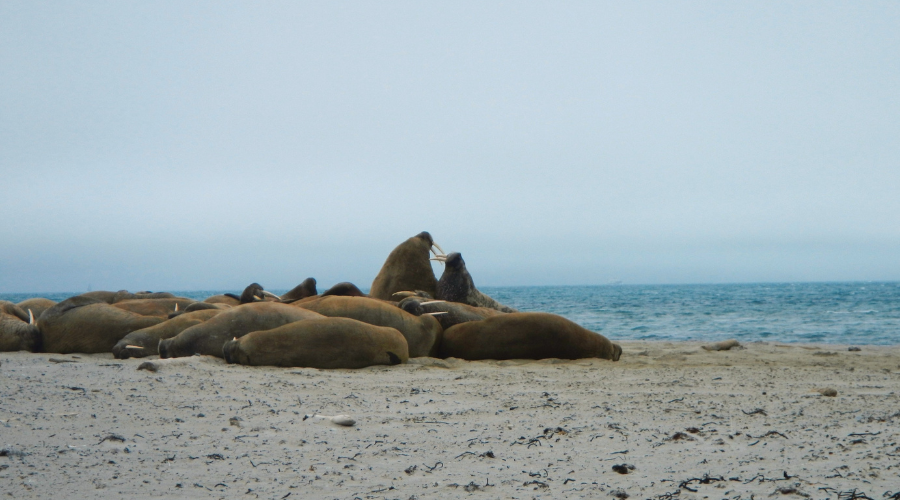
When ice conditions allow, adventure seekers can discover Svalbard’s easternmost island, where polar bears roam and walrus swim. This island is the resting place of Andrée’s Arctic balloon expedition of 1897, which was one of the great mysteries of the Arctic for decades.
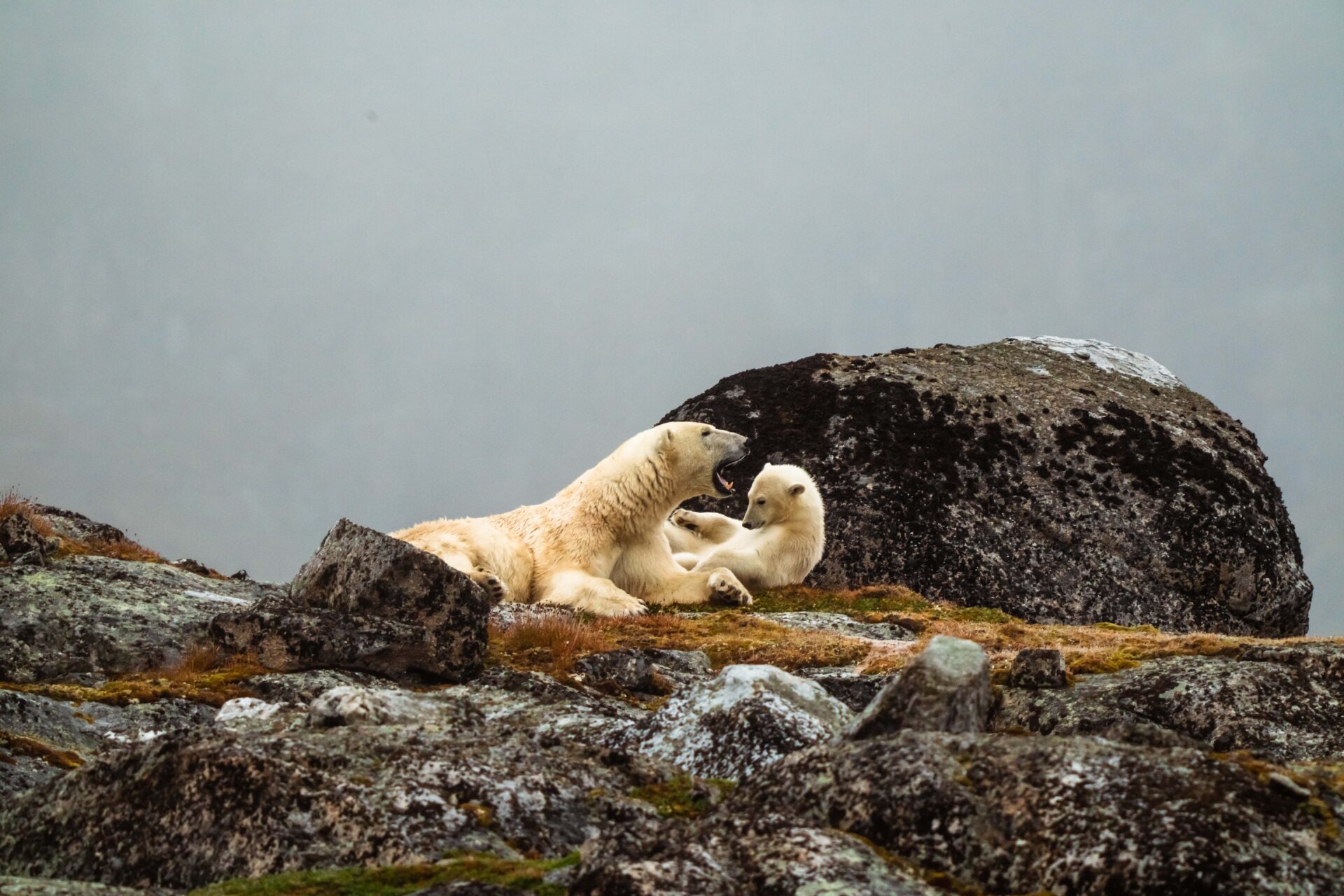
This small island group is part of the Nordaust-Svalbard Nature Reserve and boasts the largest concentration of polar bears in Svalbard. Because of this, there is a ban on traffic to the island, with ships and aircraft not being able to come within 500 metres of the area.
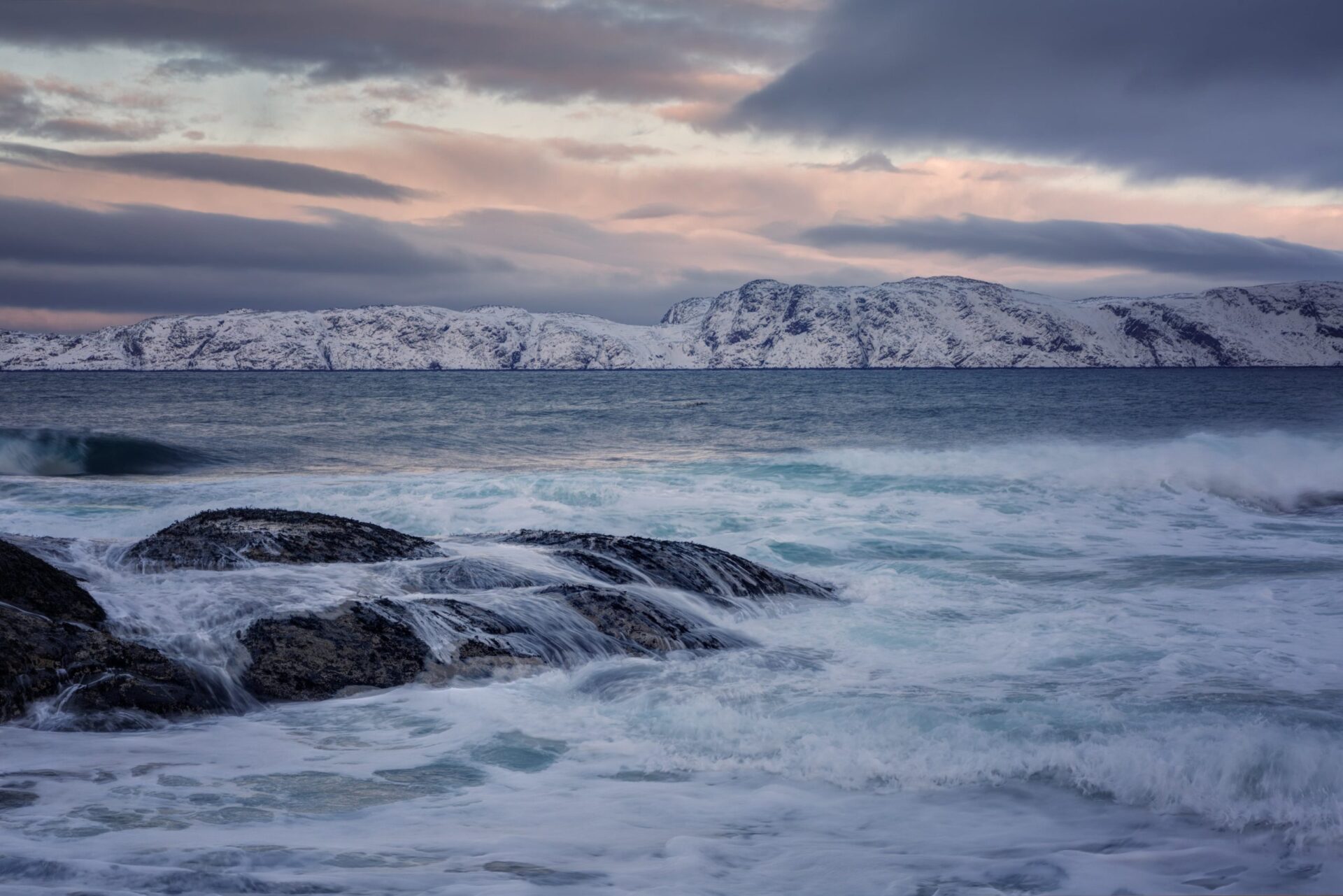
The southernmost island of Svalbard is rarely visited because it can be challenging to access, with no protected bays, rough weather, strong wind and thick fog. While its history revolves around hunting, it is now an important scientific research site and the whole island is a nature reserve with restricted access.
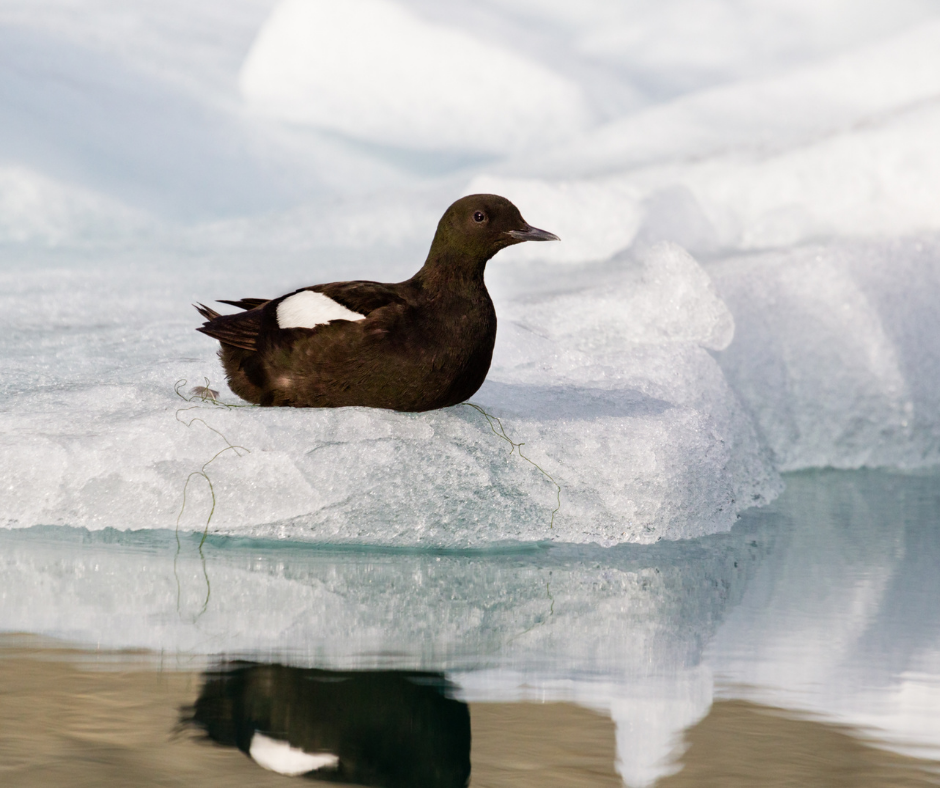
This small, remote island in the far southeast is part of the Southeast Svalbard Nature Reserve. Visiting can be a lucky dip because of heavy ice, fog, rough waters and unprotected beaches. The island has been identified as an Important Bird Area (IBA), supporting breeding colonies of thick-billed guillemots, black guillemots and black-legged kittiwakes.
Cross the Antarctic Circle with Aurora Expeditions and experience the thrill of reaching one of the planet’s most remote and elusive destinations. Our Expedition Team will guide you on excursions to explore the stunning beauty of this Antarctic region, fully included in the cost of your expedition. For those seeking even more adventure, we offer optional activities* such as sea kayaking and snowshoeing. Our Antarctic Circle expeditions provide a comfortable yet exciting experience, leaving you with memories that will last a lifetime.
Bird Watching
Photography
Polar plunge
Trips ashore
Walking
Whale and mammal spotting
Zodiac cruises
Lecture on wildlife, our environment, history and destinations
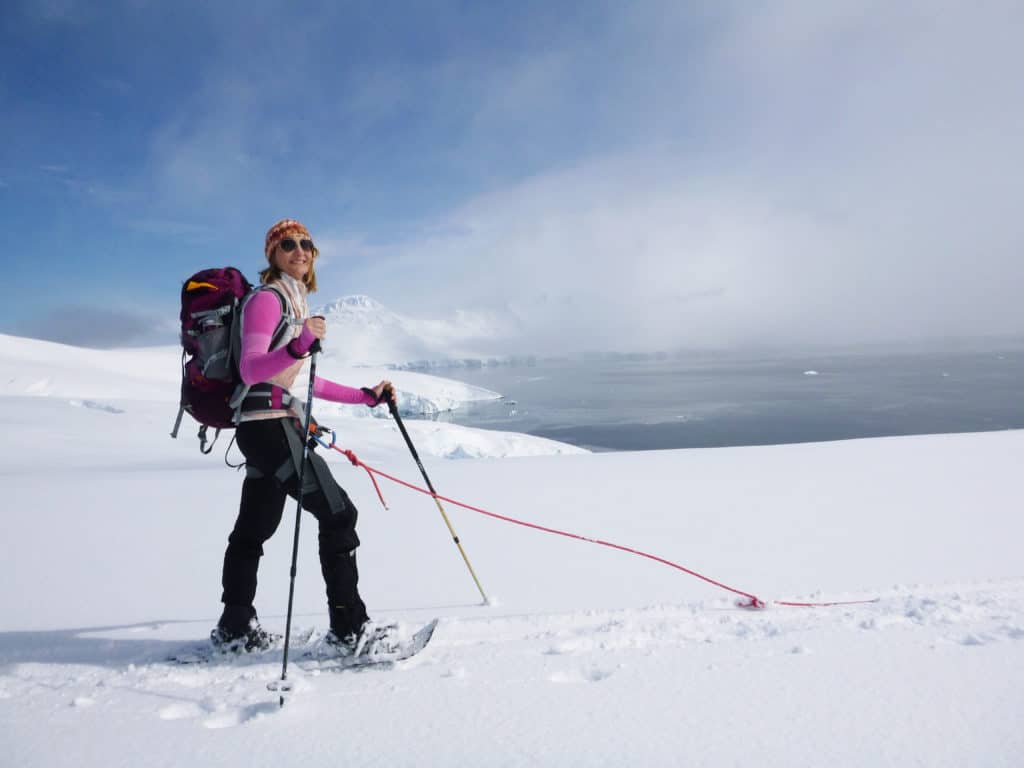
Snowshoeing makes walking up gentle slopes and across Antarctica’s soft, powdery snow a breeze. Snowshoeing holidays in the beautiful…
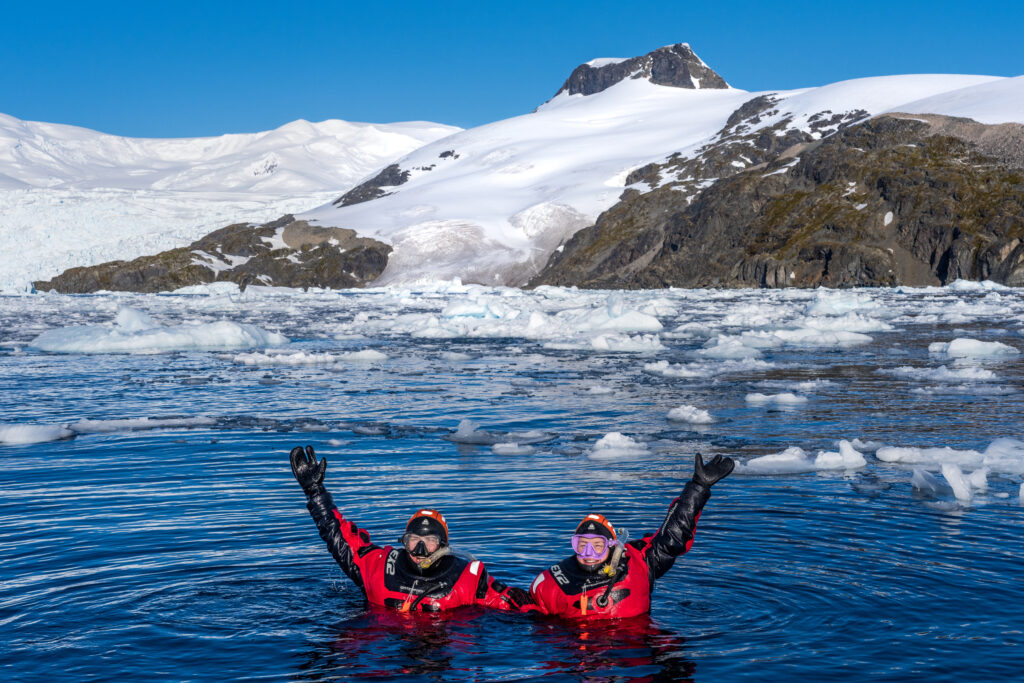
Witness wildlife and scenery unlike any other place on earth while snorkelling in Antarctica. Aurora Expeditions launched our snorkelling holidays…

Sea Kayaking is one of the most exhilarating ways to experience Antarctica, the Arctic and beyond. Sea kayaking holidays in the humbling…
*Optional add-on activities are available on select voyages. They are listed on each itinerary page and additional fees apply.
The Antarctic Circle is an imaginary line located at 66° 33’ south latitude, marking the southernmost point where the sun remains above the horizon for 24 continuous hours at least once per year. This latitude line signifies the boundary beyond which travelers can embark on an extraordinary journey into the remote and pristine wilderness of the even-less-visited parts of Antarctica.
The Antarctic Circle encompasses the vast and icy expanses of Antarctica, it is between the Southern Temperate Zone and the Antarctic continent. This imaginary line is situated at 66° 33’ south latitude, encircling the continent.
Crossing this threshold opens the door to an unparalleled adventure into one of the most untouched and extraordinary landscapes on Earth.
The cost of a cruise to the Antarctic Circle varies depending on factors such as the duration of the expedition, cabin type, and the specific itinerary you choose. Once you choose your Antarctic Circle cruise, you will have options for various cabin types and additional activities. Explore our offerings to find the perfect Antarctic Circle cruise that suits your preferences and budget.
When preparing for an Antarctic Circle cruise, pack essentials such as layered clothing, waterproof gear, and sturdy, insulated boots.
Shipboard attire is informal – we recommend jeans, long pants, long-sleeved shorts and jumpers for indoors and to wear under your complimentary expedition jacket. Consult our suggested packing list for detailed guidance on the types of layers and materials suitable for the Antarctic environment.
Remember to include a camera to capture the mesmerizing landscapes and wildlife encounters during your Antarctic Circle expedition.
View our suggested packing list, which covers the types of clothing and accessories we recommend.
The Antarctic Circle is celebrated as a remarkable destination due to its status as one of the most remote and untouched corners of the planet.
Cruising across this latitude line offers a once-in-a-lifetime opportunity to explore the pristine beauty of the Antarctic region. From towering icebergs to majestic glaciers, this region boasts spectacular scenery that captivates and inspires adventurers seeking a truly extraordinary experience.
The ideal time to embark on an Antarctic Circle expedition is during the austral summer, typically spanning from early October to late March.
This season ensures milder weather conditions and extended daylight hours, providing optimal opportunities to explore the Antarctic Circle’s unique landscapes, wildlife, and historical sites.
Joining an Antarctic Circle Expedition Cruise promisesis an unparalleled voyage of discovery that grants exclusive access to the rarely seen and isolated regions beyond the Antarctic Circle.
This adventure offers a chance to witness breathtaking scenery, colossal icebergs, and thriving wildlife, including penguins, seals, whales, and seabirds. Led by experienced Expedition Guides, the expedition provides insights into polar exploration, Antarctic history, and marine ecosystems, creating an unforgettable and enriching experience.
Antarctica is a haven for wildlife enthusiasts, offering encounters with a diverse range of marine mammals, penguins, seals, and seabirds.
Within the Antarctic Circle, Adélie penguins, gentoo penguins, chinstrap penguins, seals such as Weddell seals, leopard seals, crabeater seals, and elephant seals, as well as various seabird species like albatrosses and petrels, contribute to the remarkable wildlife spectacle that awaits expeditioners.
Each Antarctic Circle crossing promises extraordinary wildlife encounters, providing a truly unmatched experience.

At Aurora Expeditions, we firmly believe that the ultimate honour to bestow upon someone is to name a ship after
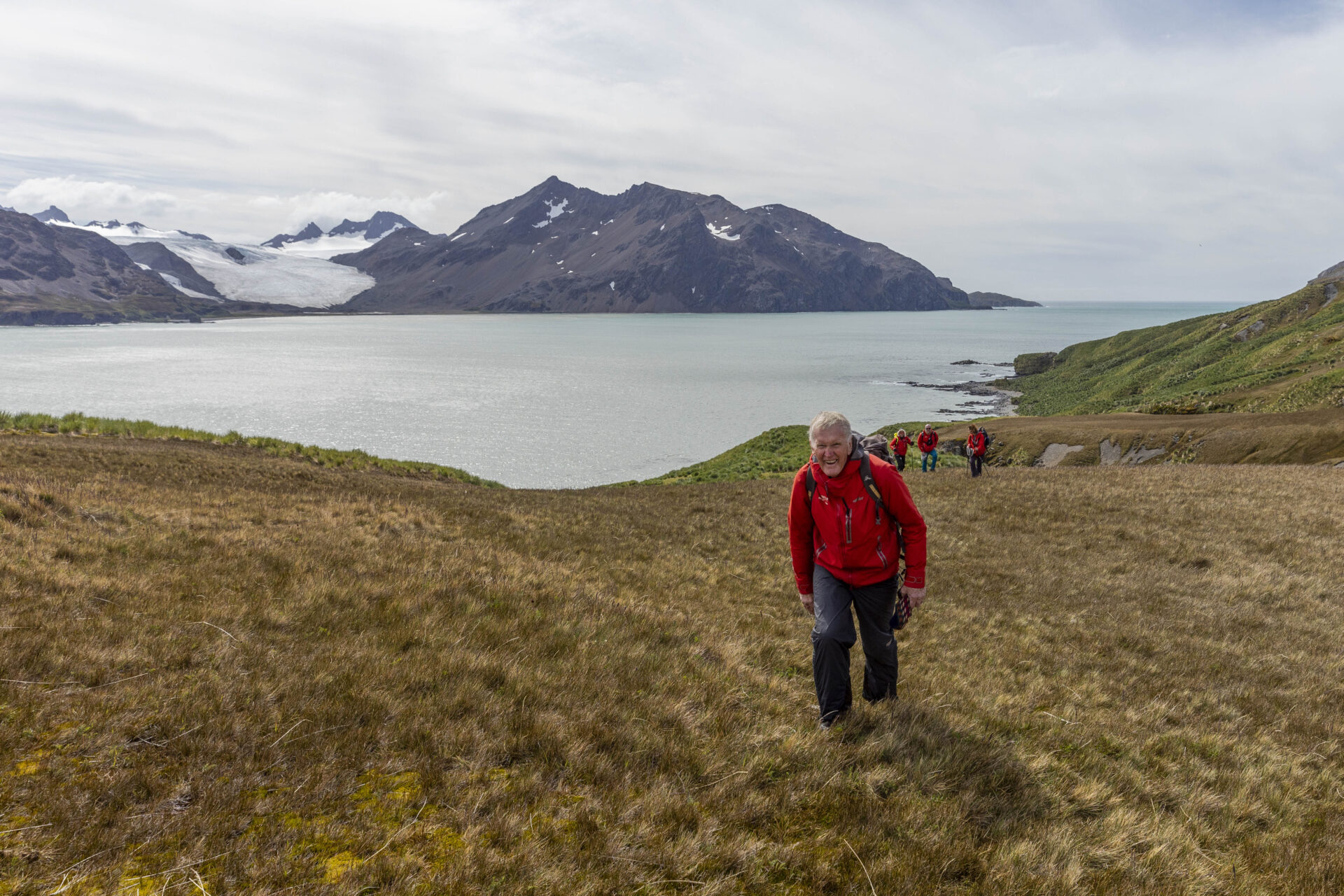
Embarking on a journey with Greg Mortimer is like stepping into the footsteps of a modern-day explorer. With a passion for adventure,
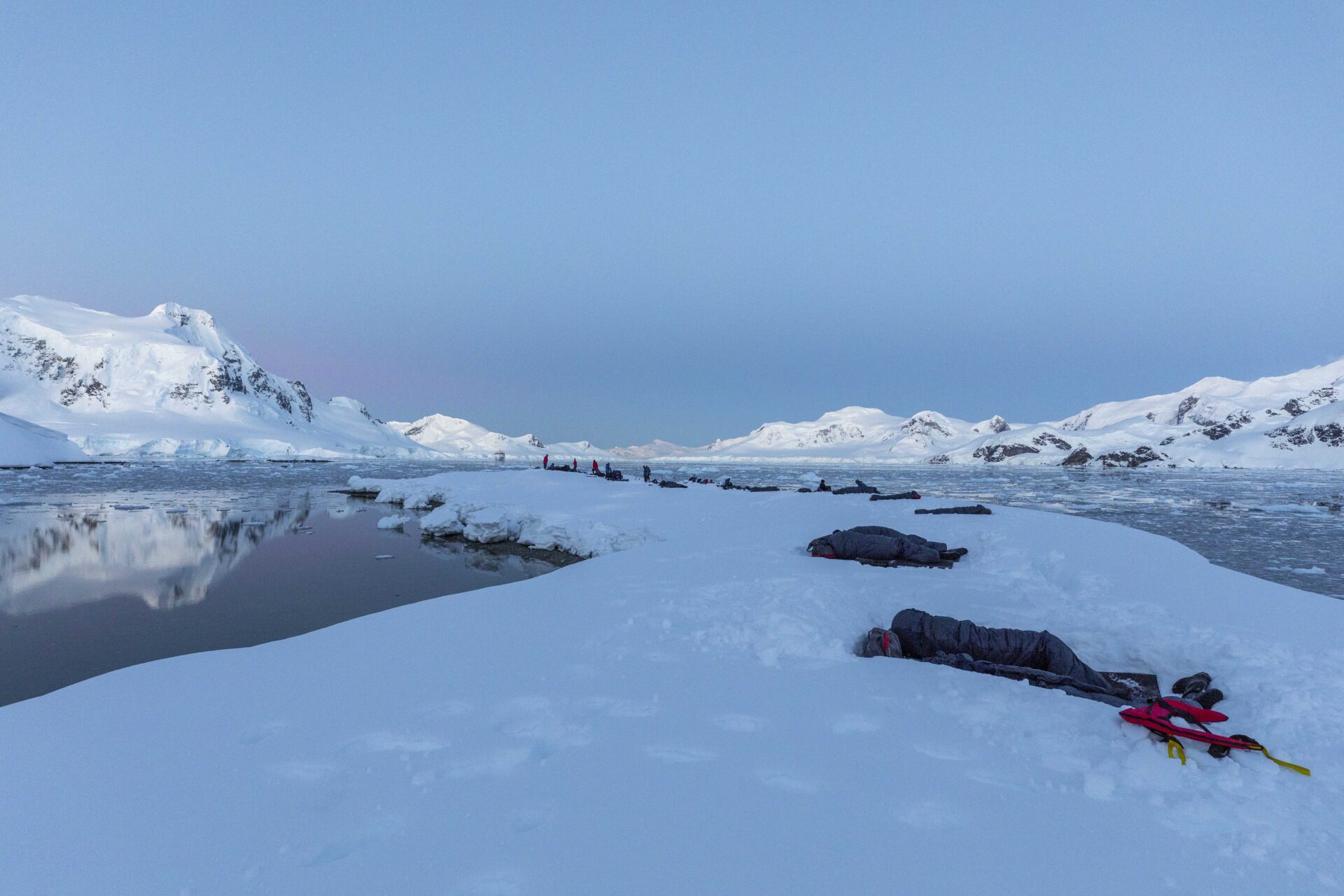
Camping on the ice in Antarctica is more than just an excursion; it’s an opportunity to immerse yourself into a
